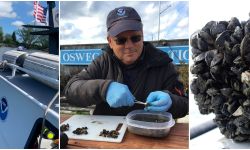In a Michigan town with a toxic legacy, residents fought for decades to heal
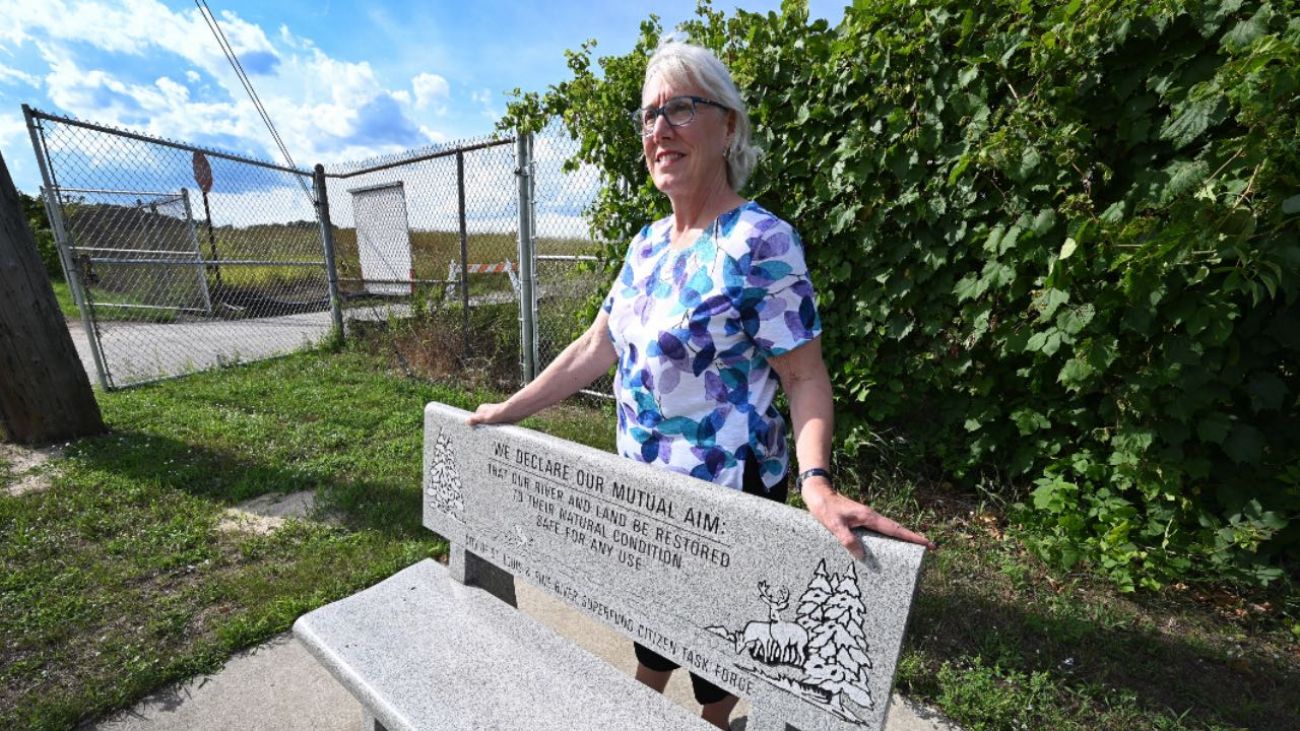
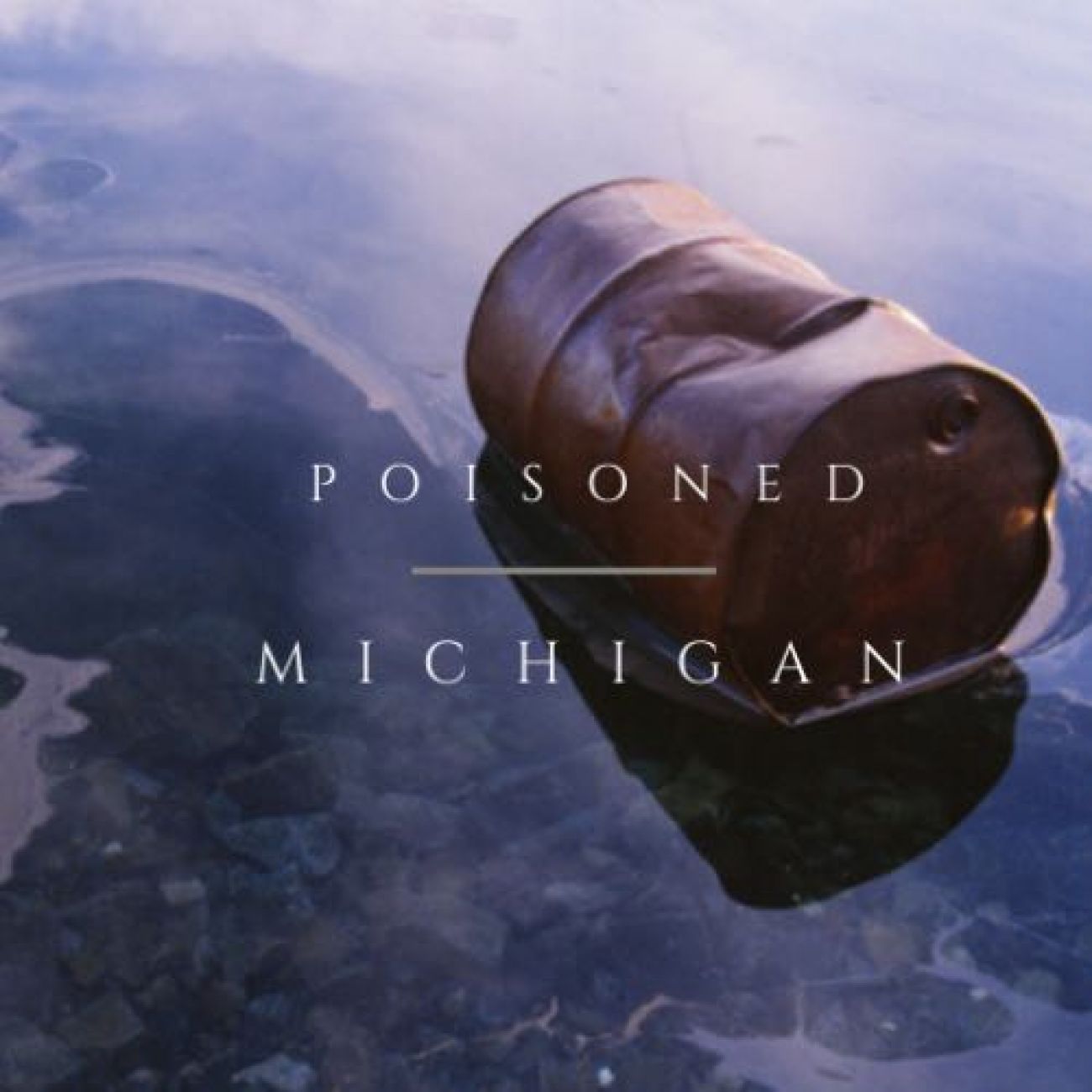
ST. LOUIS, Mich. — Jim Kelly didn’t like his town’s toxic reputation. It was bad for business, bad for growth. So Kelly, then a city councilman, wasn’t thrilled in 1998 when a group of rabble-rousing residents formed the Pine River Superfund Citizens Task Force, calling on the federal government to detoxify the water flowing through the heart of St. Louis.
The small Gratiot County community was already notorious as a poisoned place, ground zero for a 1973 cattle feed mixup that became one of the worst chemical disasters in American history.
To Kelly’s chagrin, the newly formed task force loudly urged the federal government to remove the toxic sludge poisoning Pine River fish. The U.S. Environmental Protection Agency had just flagged astronomical levels of DDT in the waters. The pesticides, long banned by the state and federal government, had oozed from the site of a former chemical plant responsible for the cattle feed mixup – even though state and federal officials had declared it safe years before.
“We’d just taken a terrible beating over that for years and years. We didn’t want more headlines,” Kelly, now 78, told Bridge.
But 21 years later, Kelly, now St. Louis’ mayor, thanks the activists for raising a fuss. He calls the task force “the best thing that’s ever happened” to this city of 7,000 at the geographic center of Michigan’s mitten.
The task force’s founders initially figured the cleanup would last just a few years — five tops. But the group of roughly 35 people is still at it in 2019, meeting each month to watchdog government projects to scrub away the town’s toxic legacy.
Now, residents throughout Michigan are learning of a different type of chemical contamination in their drinking water and waterways: PFAS. The collection of chemical compounds used to make things water-, stain- and fire-resistant have been discovered at 74 sites around Michigan and may have been discarded at more than 11,000 other sites.
The St. Louis task force’s longevity — and multiple victories — may also serve as a potential blueprint for how those affected by PFAS can instigate change and watchdog remediation over what may be decades of cleanups.
The group’s members — including retirees, teachers and professors, business professionals and factory workers — taught themselves the macabre science of chemical contamination. And over time, they have repeatedly caught problems regulators missed until the government listened.
Members like Jim Hall, the group’s current chairman, said they have no choice but to fight on. Hall is a utility worker who suspects the chemical pollution triggered a precancerous growth on his thyroid, since removed, and shortened the lives of his brother (who died of Hodgkin lymphoma in 1985 at age 24) and 2-year-old daughter (who died from complications from a rare heart defect in 2005).
“You ever see a tombstone? My daughter’s the perfect example: 2003, 2005, and there’s a dash in between,” said Hall, 56.
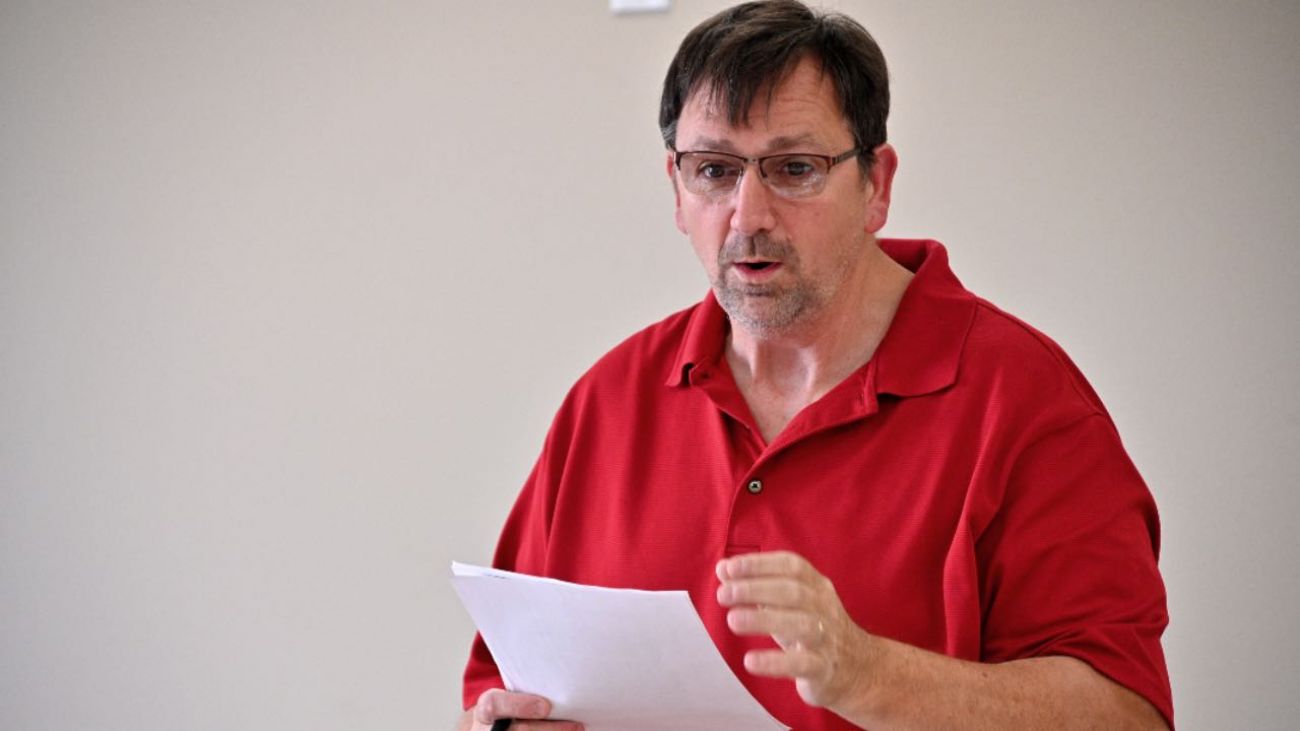
“What does the dash stand for? What did you really do? ... I want to look back and say: ‘you know, I did for our community what I was supposed to do.’”
By multiple accounts, he and others comprise the nation’s largest Superfund citizens’ group. Members share insights with folks from other polluted communities and have even offered policy recommendations to the federal government.
“They’ve been especially effective in holding bureaucrats’ feet to the fire,” said Dave Dempsey, a longtime water policy adviser for government and advocacy groups and author of several books about Michigan’s environmental history. “If the state and federal government had had their way, this thing would have been considered cleaned up a long time ago — without really being cleaned up.”
It’s unclear when — if ever — the task force will declare its mission accomplished.
The cleanup “probably will not be finished in my lifetime,” said Jane Keon, 71, a founding member of the group. “I think it’ll be our children and grandchildren that see it. It’ll never be pristine. It’ll never be restored. But we want it as good as we can get it.”
The trials of St. Louis
St. Louis starred in one of the worst mass poisonings in American history: the PBB mixup of the 1970s, which tainted Michigan food supplies and exposed vulnerabilities in state and federal bureaucracies.
Michigan Chemical Corp. manufactured many chemical compounds at its 54-acre plant that hugged a bend in the Pine River. Among them: the fire retardant polybrominated biphenyl (PBB). In May 1973, the company ran out of pre-printed bags for its products. That led workers to package PBB and a magnesium oxide cattle feed supplement in nearly identical bags, distinguished only by the products’ handwritten trade names: FireMaster and NutriMaster.
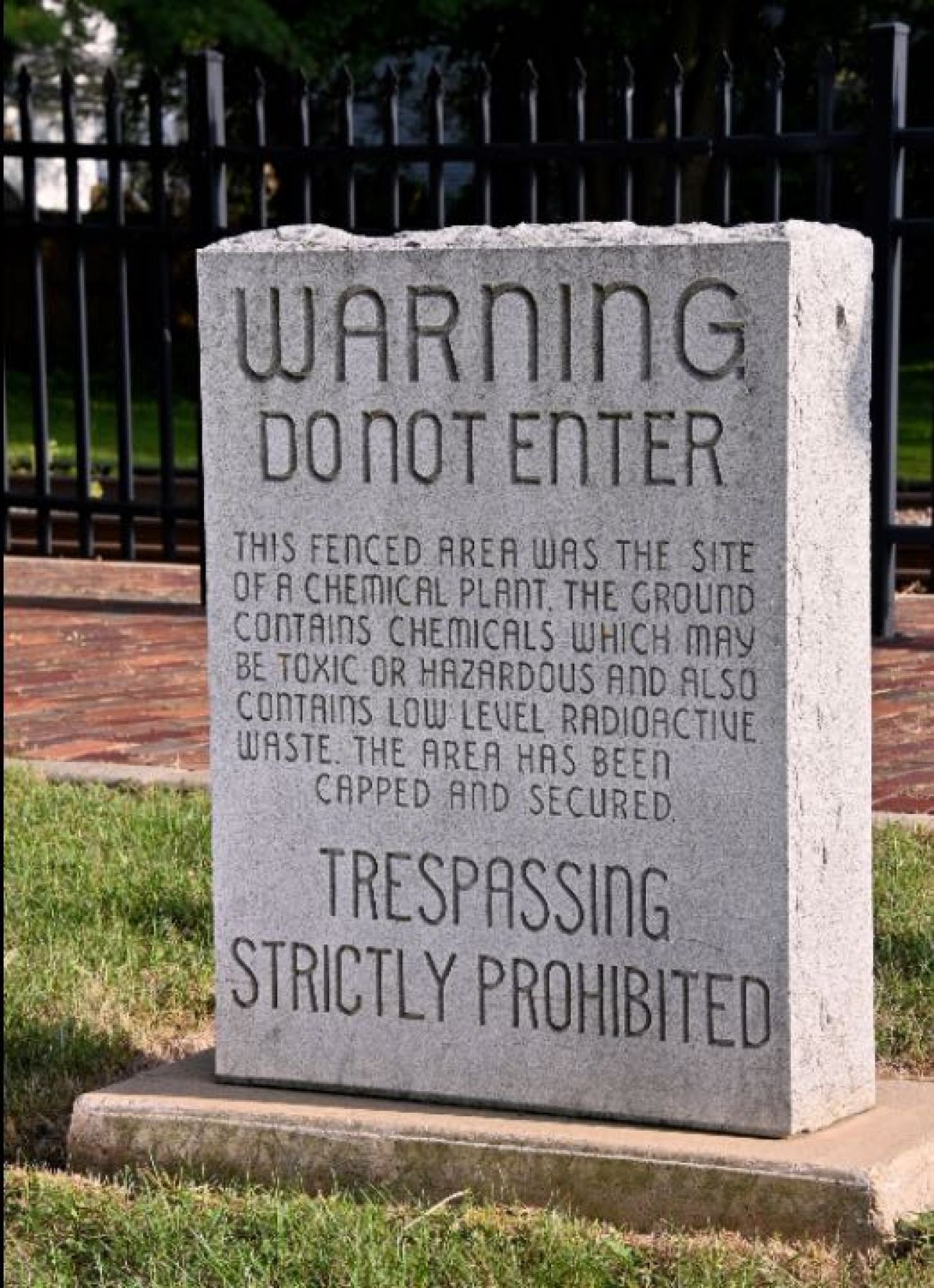
The similarities sparked confusion, leading workers to accidentally send as many as 20 50-pound bags of FireMaster to a Farm Bureau feed center near Battle Creek. There, employees unknowingly mixed the toxic PBB into feed that farmers across Michigan used.
Even as Michigan cattle and other livestock succumbed to gruesome deaths and birthed deformed offspring, a federal scientist didn’t identify PBB as the culprit until April 1974. After a sluggish response, the state eventually ordered the slaughtering of 23,000 heads of cattle, 1.5 million chickens and other livestock. But only after about 9 million Michiganders — most of the state’s population at the time — had consumed PBB-laced foods. Even today, an estimated 60 percent of Michiganders have elevated levels of PBB in their systems, according to Emory University researchers.
Experts initially knew little about how PBB damages the human body. But the Emory team has studied it for years, discovering links to many ailments including breast and liver cancer, kidney and thyroid problems. The team has also flagged epigenetic problems, meaning effects may be passed from generation to generation. Children — and even grandchildren — of those exposed to PBB in 1973 face higher risks of gender-specific problems. Women are more likely to miscarry and men are more likely to experience genital and urinary problems.
That’s why Hall can’t help but wonder whether his childhood PBB exposure contributed to the birth defects that shortened the life of his daughter Jerra in 2005.
Hall, 10 years old during the feed mixup, grew up in the shadow of the Michigan Chemical plant. His home was blocks away, and his grandparents lived just three houses down from the plant. In 2013, researchers detected PBB running through his blood at a rate of 5.5 parts per billion, seven times higher than Michigan Chemical workers tested decades before.
“It wasn’t until I realized I was chock-full of it that I thought ‘Hmm, now there’s more pieces to the puzzle,’” Hall said about his family’s health struggles. “It’s not proven, but I would bet my check that [PBB exposure] had something to do with it.”
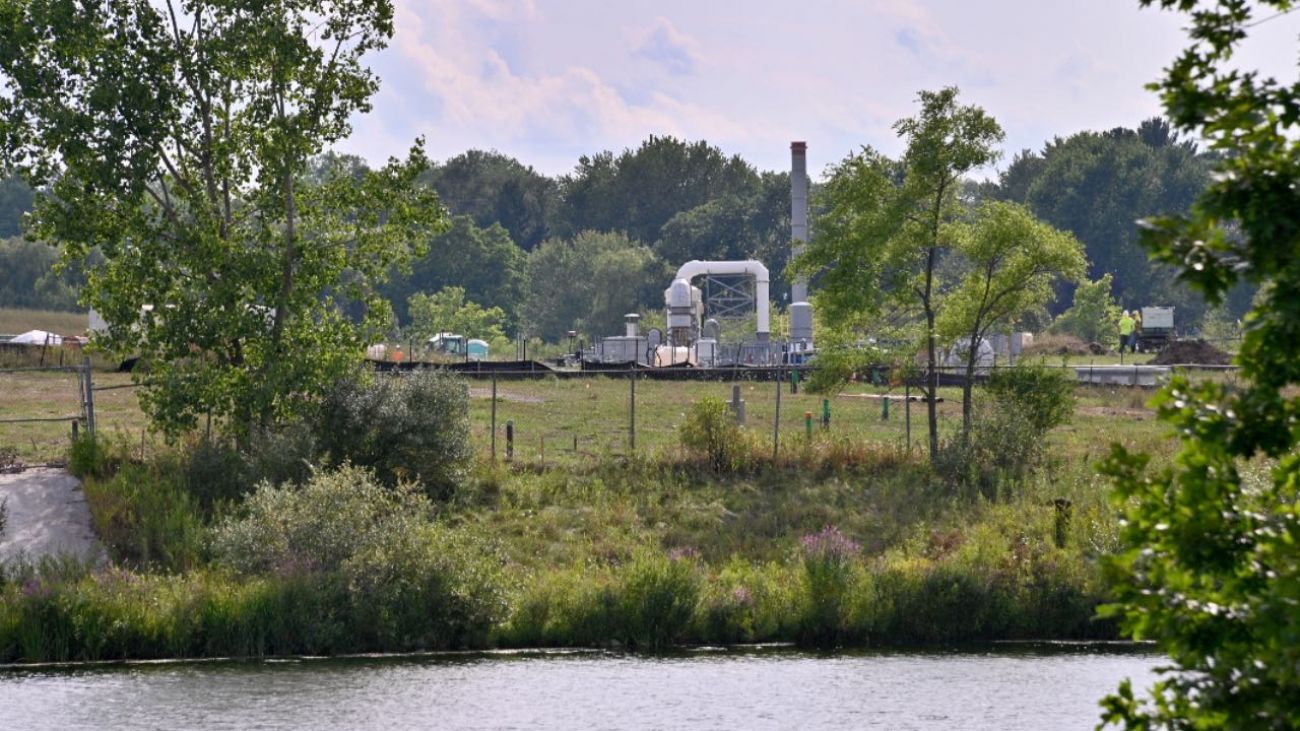
Since then, the residents of St. Louis have not only grappled with the contaminants the company exported, but those that it left behind. And they’re not limited to PBB.
Michigan Chemical broke ground in St. Louis in 1935 and long reigned as the city’s largest employer. The company ran a wartime business manufacturing the insecticide DDT for the U.S. military and, afterward, as pesticides and bug spray.
All the while, the company dumped massive amounts of industrial waste into the Pine River. In the 1950s, it also began disposing waste at other nearby dump sites. No animals lived in the river; townspeople complained of foul odors; paint peeled off cars and homes; gardens died near the chemical plant.
Keon moved back home to St. Louis in 1975, where she lived with her husband and two sons downriver from the plant.
“We raised our kids there and warned them about going in the river, because even at that time we knew” the water wasn’t safe, Keon said.
“They would dump chlorine or bromine overnight, it would come 6 miles down the river to us and still smell like a swimming pool.”
After the PBB disaster, the Michigan state government was eager to get the blemish of Michigan Chemical out of the picture, according to the book “Civic Empowerment in an Age of Corporate Greed” authored by Alma College history and political science professor emeritus Ed Lorenz.
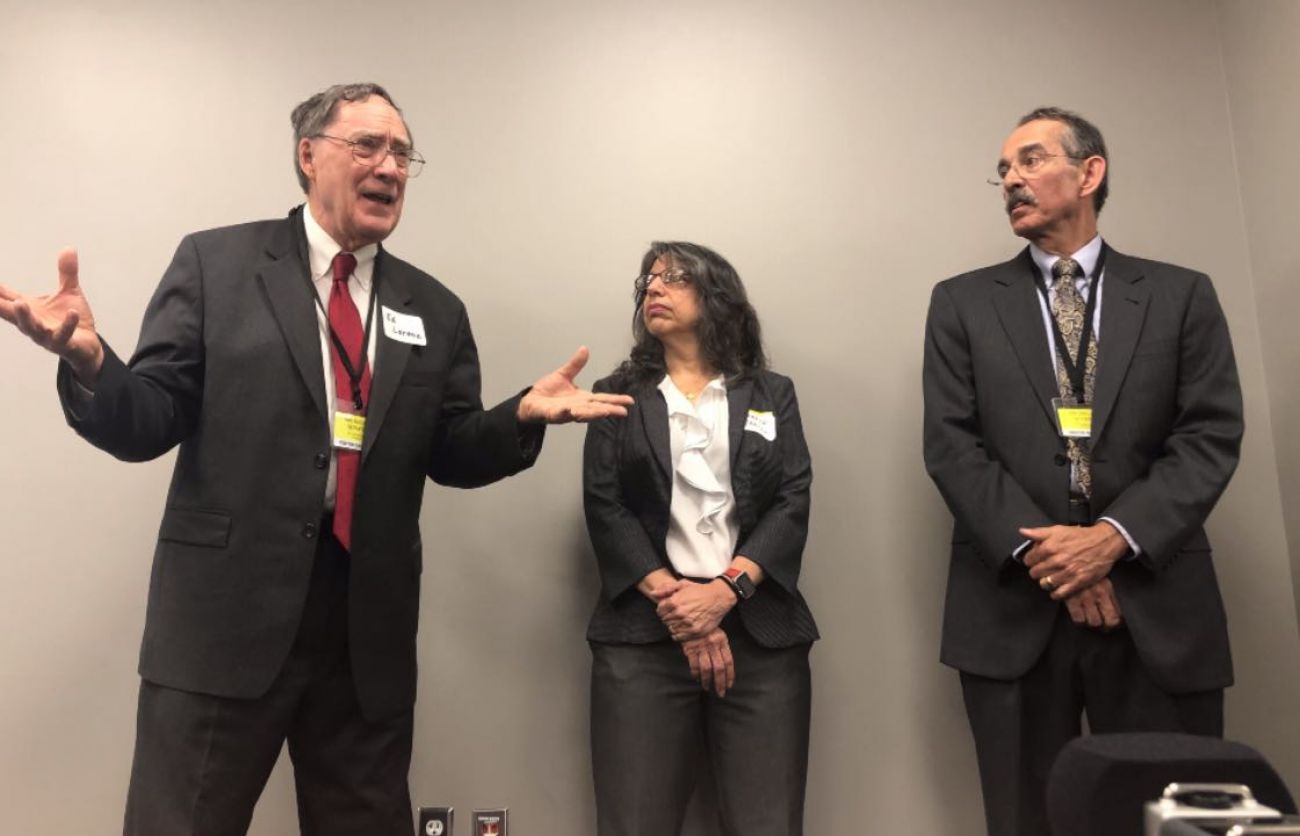
In a 1982 legal settlement, Michigan Chemical’s parent company, Velsicol, agreed to contain its contamination and pay $38.5 million in exchange for the state dropping the lawsuit against the company.
To contain the pollution, Velsicol demolished the plant, moved toxic soil from other dump sites to the plant site, buried it all under a clay cap and installed an underground wall between the contamination and the river.
“They left Michigan (in the mid-’80s) and we were told everything was taken care of,” said Lorenz, who is also a longstanding member of the citizens’ task force. “There was no contamination offsite, the water system of St. Louis was fine, and the river would heal itself.”
The long road to remediation
Just over a decade after Velsicol buried the plant site, EPA and the state asked Velsicol to check on the containment. The company discovered 11 million gallons of wastewater that had entered the system mysteriously vanished. The plant site was leaking.
Studies of fish and sediment in the Pine River showed DDT levels higher than any that had been recorded in the United States — even higher than when the plant site initially shuttered. When EPA staffers showed up in 1997 to discuss the findings with the public, they gazed upon scared and angry faces.
Keon went to the meeting hoping they wouldn’t begin work near the plant site because she feared the toxic sediment drifting down to her and her family.
“But as we listened at this meeting to how much was in there, we knew that Mother Nature couldn’t deal with it,” she said. “It had to be dealt with some way.”
The EPA found so much community interest, it offered in 1997 to help start a St. Louis chapter of a newly-formed community outreach method known as a Community Advisory Group (CAG). That’s where Keon, Lorenz, Hall and others of the long-standing group first got involved.
Gary Smith, the group’s treasurer, worked at Michigan Chemical in the plant’s waning days. He saw the group as a second chance to make St. Louis livable and a feeling of betrayal that government agencies failed to protect residents the first time around.
The containment “didn’t get done right. The plant site wasn’t done right, the river wasn’t done right, we’ve got all these problems,” he said.
So this time?
“The community’s going to stay involved.”
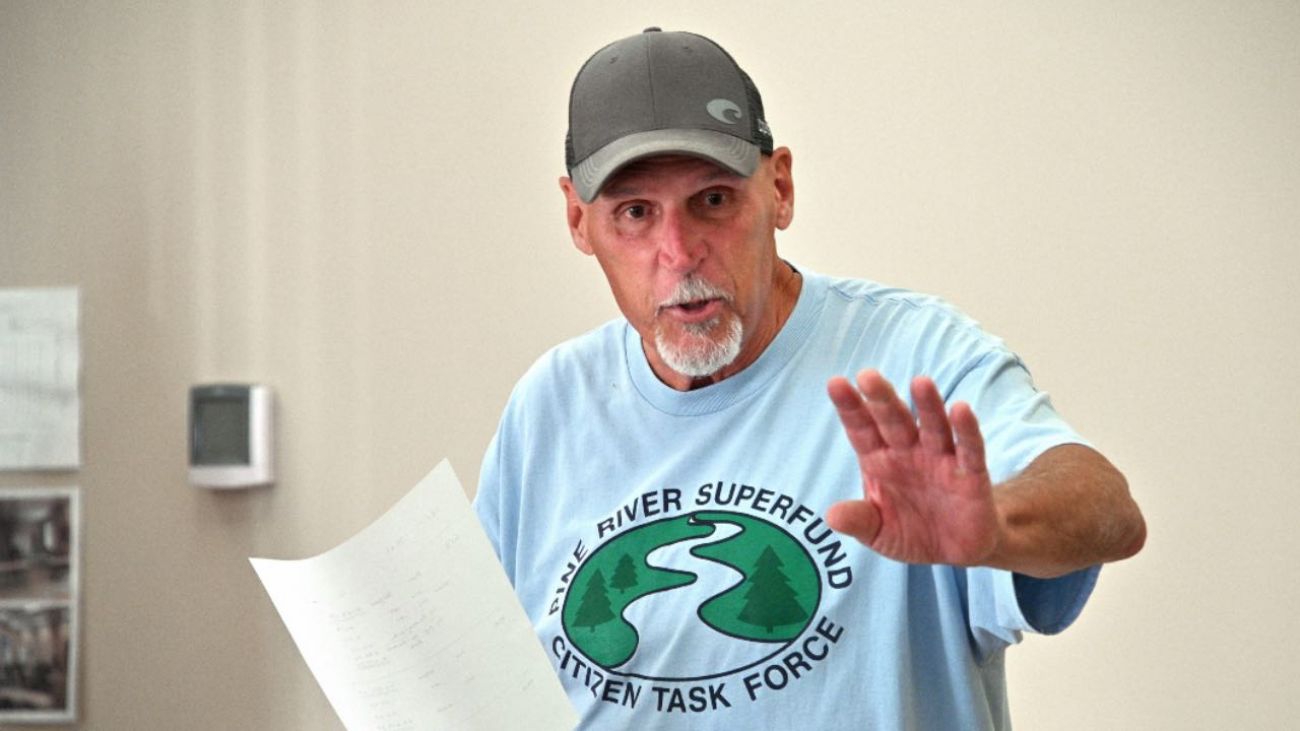
That involvement led to a number of victories for the town that might not have happened otherwise.
Shortly after forming, the group persuaded the University of Michigan Law School to help it enter a bankruptcy case seeking $100 million in insurance money from Fruit of the Loom, then-Velsicol’s parent company. The U.S. Department of Justice later signed on and the group won in 2002, splitting the money with other sites nationwide that had been affected by Velsicol’s pollution.
In another case, residents who lived near the demolished chemical plant noticed birds dying in the early 2000s, staggering into yards before keeling over, even dropping dead mid-flight. Residents asked the state to investigate to no avail. So the task force used $15,000 won from an earlier contamination settlement to hire a Michigan State University researcher to investigate. He found some of the highest DDT concentrations on record in wild birds, which had been feeding on contaminated worms, grubs and insects. Those creatures were poisoned by the soil.
In 2005, St. Louis residents learned a DDT byproduct had also tainted their drinking water, despite government assurances dating to the 1980s that the system was clean. The city pushed for Velsicol’s parent company to pay for a new water system, but EPA and the U.S. Department of Justice reportedly opposed the request. With help from the task force, the city won $27 million from Velsicol and some additional money from EPA. That helped finance a new water joint system with nearby Alma, finished in 2015.
Through it all, their relationship with EPA and the state has been complicated. Many members said that from the beginning they took the “advisory” role of the Community Advisory Group seriously, and that didn’t always sit well with their federal liaisons.
Keon said the conflict boils down to incentives: At many other Superfund sites, there’s a polluter that’s still responsible for cleanup. But Velsicol largely got out of paying for remediation in St. Louis, meaning it’s an “orphan site” and taxpayers pay for the cleanup.
“Who’s going to push EPA at an orphan site?” Keon said. “It has to be the citizens, and they don’t like that. They feel like we should just sit there and let them do things and not complain, but we can’t. We’re not built that way.”
EPA public affairs specialist Adrian Palomeque wrote in an email to Bridge that, while the groups weren’t “developed to provide oversight of EPA,” it has made changes based on input from the Pine River group.
“EPA is committed to working with members of the St. Louis community impacted by contamination and cleanup challenges, beyond just providing information,” Palomeque said.
The new fight against PFAS
Decades after the St. Louis group began watchdogging the cleanup in their town, new groups around Michigan are embarking on their own journeys to hold polluters accountable.
The main culprit for these communities is PFAS, a collection of industrial chemicals that can lead to increased risk of cancer, thyroid problems, immune system problems and low infant birth weights.
In Rockford and surrounding areas in Kent County, the shoe company Wolverine World Wide used PFAS for years to make products water- and stain-resistant and it leached into the aquifer providing drinking water to hundreds of residents who rely on private wells.
Citizens affected by Wolverine’s pollution have come together to form their own CAG. Their group is new, but many of its members have already had their own crash course in guerilla activism and in their first few meetings, they’ve helped stop an EPA-approved plan for Wolverine to move more waste to a dump site that’s affected some nearby residents.
And they know what they’re getting into: CAG member Jennifer Carney had PFAS levels twice as high as the federal action level in the well she, her husband and two children -- then 7 and 14 -- had been drinking. When she found out and started lobbying for change with her neighbors, she said, “I accepted it as our new life.”
“If it’s going to be 20 years, then I’ll fight it for 20 years. That’s the hand that we were dealt,” she said.
A different crop of activism is sprouting in Oscoda, where PFAS from fire-fighting foam at the shuttered Wurtsmith Air Force base have leached into drinking water and bubbled into toxic foam that rings the beaches of Van Etten Lake, once a popular tourist destination.
In 2016, the Air Force reinstated a Restoration Advisory Board at Wurtsmith, created under a federal law purported to bolster citizen participation in Department of Defense cleanups. But community members make up just a third of the group, which also includes state, local and federal officials, including the Air Force.
Anrie Leriche, a retired EPA engineer and Oscodan who serves as the board co-chair, acknowledges its limits in watchdogging the Air Force’s work.
“It’s not activism,” he told Bridge. Yet the board plays a crucial role in granting the public access to cleanup documents and allowing residents to ask the Air Force questions, with answers etched into public record, Leriche added.
A grassroots group called Need Our Water (NOW) also formed in 2017 to plug the gap in activism, calling for quicker action from the Air Force and for state regulators to enforce Michigan cleanup laws.
Cathy Wusterbarth, who co-founded NOW in 2017, said just five core members share a heavy workload, but she’s optimistic the group has grabbed the state’s attention. Since the rally, Attorney General Dana Nessel has visited Oscoda to speak privately with residents, as has EGLE Director Liesl Eichler Clark.
“The state recognizes that we’re going to make a fuss if we don’t get our questions answered,” Wusterbarth said.
How to learn from history
By multiple accounts, the St. Louis group is one of the largest and longest-running CAGs in America and its staying power has made it an elder in the world of environmental activism.
As groups in Oscoda, Kent County and around the state dig into their own fights, St. Louis’ leaders warn them to buckle in for the long haul.
"Once we started peeling back the onion, there were more layers and more layers,” Hall said. “The more you find, the more work you have to do."

Hall and others said they’ve been successful in part because they collaborate with universities and other institutions and cultivate relationships with politicians on both sides of the aisle. But they retain their skepticism of officials’ promises after so many instances in which they proved regulators wrong, and they recommend new activists do the same.
“If there’s a lesson from PBB, demand [regulators look into] everything you think could have happened, because it probably did,” Lorenz said. “You oughta not tolerate this stuff.”
The group continues to plug away, but they’re also confronting their own mortality and facing difficulties recruiting younger members to continue a fight that will outlast them.
That drags on Keon. But despite the certainty that St. Louis won’t be pristine any time soon, she and others see no reason to give up the fight.
Keon and her former husband, Norm, both grew up in families that had lived in the St. Louis area since the 1850s. Neither swam in the Pine River growing up — even when they were children in the 1950s, residents were suspicious of the noxious, fish-barren water.
Now, their great-grandchildren are still kept far from its shores. She hopes her great-great-grandchildren’s lives will be different.
“Norm’s dad used to be able to swim in the river in St. Louis, but nobody since in four generations,” Keon said. “There’s something wrong with that picture.”
Michigan Environment Watch
Michigan Environment Watch examines how public policy, industry, and other factors interact with the state’s trove of natural resources.
- See full coverage
- Subscribe
- Share tips and questions with Bridge environment reporter Kelly House
Michigan Environment Watch is made possible by generous financial support from:
Our generous Environment Watch underwriters encourage Bridge Michigan readers to also support civic journalism by becoming Bridge members. Please consider joining today.
See what new members are saying about why they donated to Bridge Michigan:
- “In order for this information to be accurate and unbiased it must be underwritten by its readers, not by special interests.” - Larry S.
- “Not many other media sources report on the topics Bridge does.” - Susan B.
- “Your journalism is outstanding and rare these days.” - Mark S.
If you want to ensure the future of nonpartisan, nonprofit Michigan journalism, please become a member today. You, too, will be asked why you donated and maybe we'll feature your quote next time!


